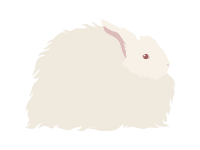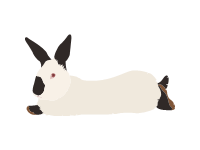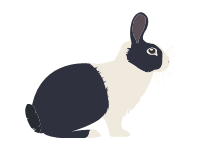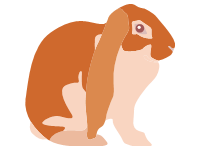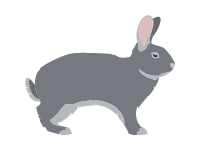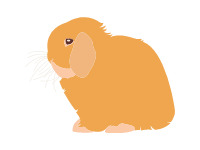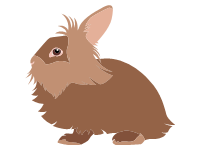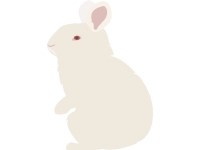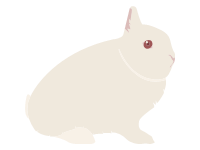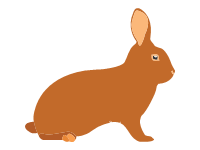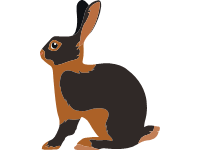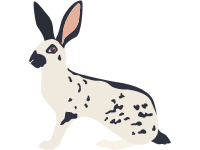The Angora rabbit (Turkish: Ankara tavşanı), which is one of the oldest types of domestic rabbit, is bred for the long fibers of its coat, known as Angora wool, which are gathered by shearing, combing or plucking. Because rabbits do not possess the same allergy-causing qualities as many other animals, their wool is an important alternative. There are at least 11 distinct breeds of Angora rabbit, four of which are currently recognized by the American Rabbit Breeders Association (ARBA).English Angora, French Angora, Giant Angora and Satin Angora. Others include German Angora, Chinese Angora, Finnish Angora, Japanese Angora, Korean Angora, Russian Angora, St Lucian Angora and Swiss Angora. Angoras are bred mainly for their wool, which is silky and soft. At only 14–16 microns in diameter, it is similar to cashmere in fineness and softness to the touch. A healthy adult Angora's wool will grow approximately 3 centimetres (1.2 in) per month. Regular grooming is necessary to prevent the fiber from matting and felting on the rabbit, which causes discomfort and can lead to pain and even infection. Angora wool is harvested (plucked or shorn) every three to four months throughout the yearThe coat needs to be monitored after 6 months of regrowth since it may tend to 'die' and easily mat.
